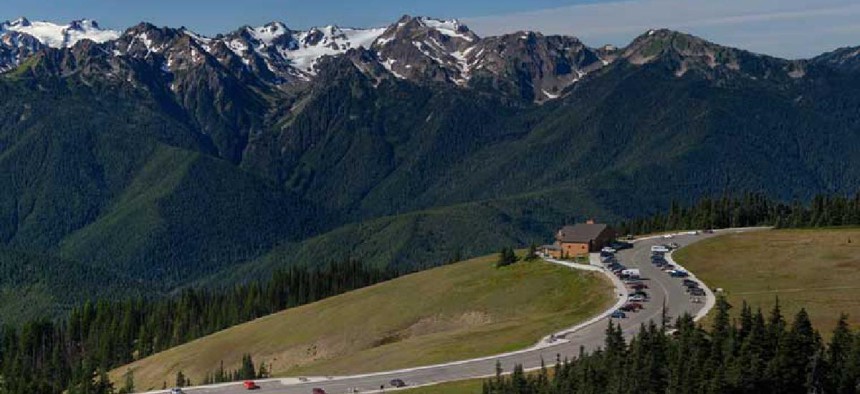Big data for a better vacation


Connecting state and local government leaders
The National Park Service wants to tap into location-based data to track visitor-use patterns it can use for improving visitor experience and long-range transportation and infrastructure planning.
The National Park Service wants to leverage visitor mobile device data to help develop long-range transportation and visitor use plans for itself and other agencies that manage federal lands.
In a recent request for information, NPS said it wanted to learn what kinds of location-based data generated by park visitors – GPS, contextual, wireless networking signals – could be collected, processed and analyzed for management planning, long-range transportation planning, performance management and infrastructure investments.
The NPS Intermountain Region, which consists of parks in Montana, Wyoming, Utah, Colorado, Arizona, New Mexico, Oklahoma and Texas, set visitation records in 2017, with more than 57.5 million recreation visits. That represents a 46 percent increase over 2013 and more than double the national average over the past 10 years. Trend data suggests that park visits nationally will continue to increase, creating "a fair amount of urgency for many park units to collect data regarding visitor use patterns," the RFI said.
NPS wants to use big data to help it balance visitor access and experience with the preservation of resources. Specifically, it wants to understand the origins, destinations and demographic profiles of visitors and how and why they move through the parks, including traffic patterns, average travel times and speeds and queueing times at entrance stations. It also wants a way to measure the impact of management actions to manage visitor transportation.
To help with long-range transportation planning, NPS wants to use big data to evaluate commercial transportation services and inform travel demand modeling and management. NPS is looking for data to better understand levels of congestion and the viability of alternative routes and modes.
To help answer these questions, NPS is looking for available real-time and historical data that can be collected, aggregated and analyzed to generalize results across populations, space and time. The data will need to be analyzed at multiple scales (national, regional, corridors and key sites) and across diverse geographies and topographies, some of which may not have mobile device connectivity.
The RFI describes big data collection and analysis issues specific to NPS, but its larger goal is to learn what data and collection methods are appropriate for all federal land management agencies at differing scales, geography and topography -- from the U.S. Fish and Wildlife Service to the Bureau of Land Management, to the Bureau of Indian Affairs and the Department of Defense.
Last August NPS issued an RFI to put its visitor experience data from 1999-present into usable formats so it's easier to review and analyze.
Read the full RFI here.





